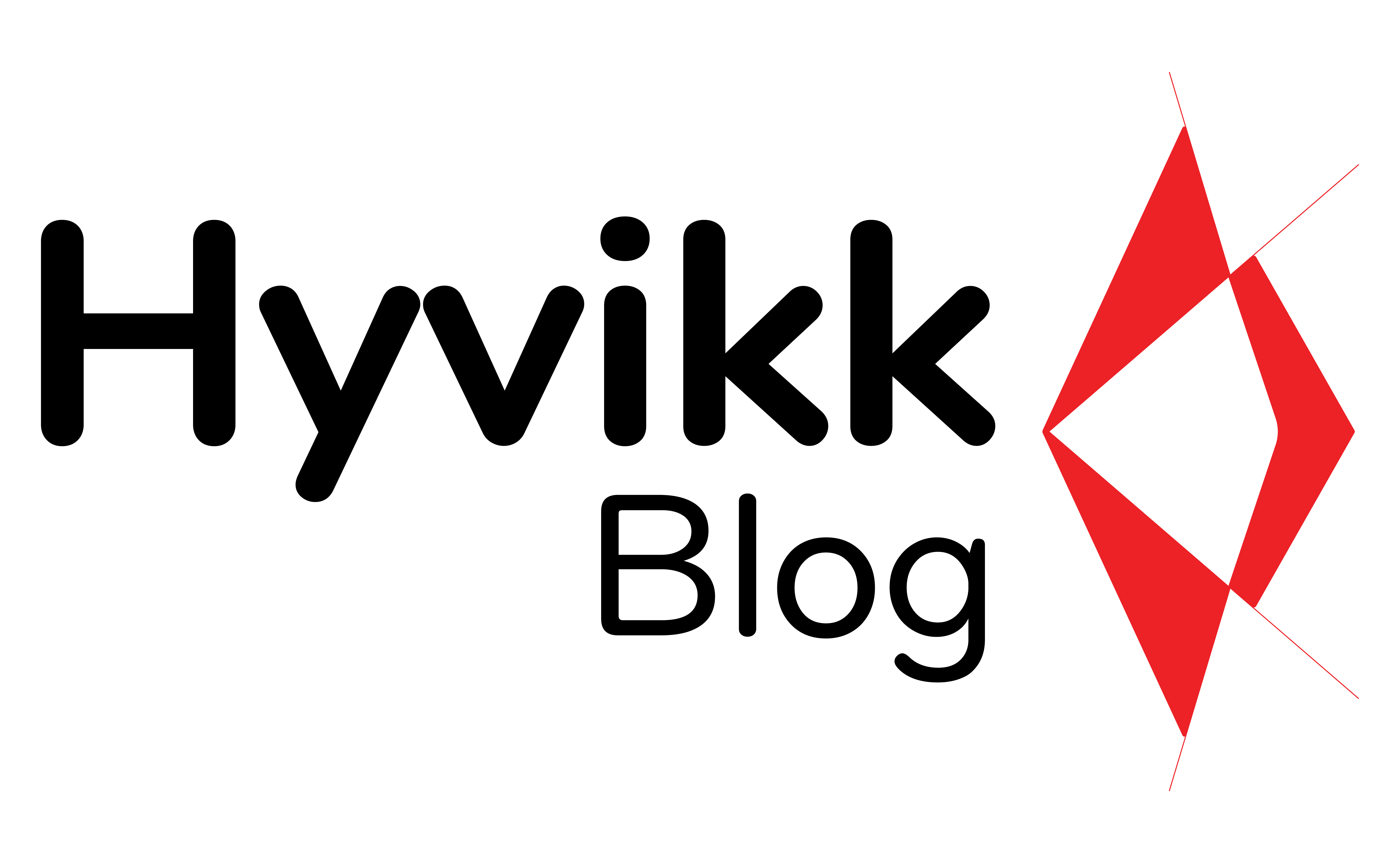
25 Oct 5G: Unleashing the Power of the Future
The world is on the brink of a technological revolution, and at the heart of it lies the much-talked-about 5G technology. 5G, short for the fifth generation of mobile networks, has the potential to revolutionize the way we connect, communicate, and live our lives. In this blog, we will explore the exciting world of 5G, its transformative capabilities, potential applications, challenges, and the future it holds for us.
1. The Evolution of Connectivity:
Before diving into 5G, let’s briefly revisit the evolution of mobile networks. We started with 1G, where voice communication was introduced. Then came 2G, which brought us SMS and digital voice calls. The third generation, 3G, gave us mobile data, enabling basic internet access on our phones. 4G took it further by offering faster data speeds, improved latency, and the foundation for video streaming and app-based services.
Now, enter 5G – a game-changer! It promises to be significantly faster, more reliable, and capable of handling massive data transfers. 5G will be the backbone of the future Internet of Things (IoT), smart cities, augmented reality, and much more.
2. Speed and Latency:
One of the most exciting aspects of 5G is its speed. It is expected to be up to 100 times faster than 4G, with peak data rates of around 20 Gbps. This blistering speed will revolutionize how we consume content, download files, and interact with technology.
Latency, or the time it takes for data to travel from the source to the destination, will be significantly reduced with 5G. While 4G has an average latency of around 50 milliseconds, 5G aims to reduce it to a mere 1 millisecond. This low latency is critical for real-time applications like virtual reality, telemedicine, and autonomous vehicles.
3. Empowering the Internet of Things (IoT):
With 5G, the Internet of Things will finally reach its full potential. IoT involves connecting various devices and objects to the internet, enabling them to communicate with each other and perform tasks autonomously. The massive data capacity and low latency of 5G will enable millions of devices to communicate seamlessly.
From smart homes with interconnected appliances to industrial applications like remote monitoring and predictive maintenance, 5G will empower IoT like never before. Imagine a future where your refrigerator orders groceries when it senses you’re running low or where traffic lights adjust in real-time to optimize traffic flow.
4. Enabling Augmented and Virtual Reality (AR/VR):
Augmented and virtual reality are poised to become mainstream with 5G. Current AR/VR experiences are limited by the processing power of individual devices and high latency, which can cause motion sickness. However, 5G’s low latency and high data speeds will enable cloud-based AR/VR applications.
Users will be able to experience immersive, high-definition content without needing expensive, high-end devices. This opens up opportunities for AR/VR in gaming, education, training, and even remote collaboration.
5. Transforming Healthcare:
5G has the potential to revolutionize the healthcare industry, making remote medical care more accessible and effective. With high-speed data transfer and low latency, doctors can perform real-time surgeries remotely using robots. Medical professionals can also use AR/VR to visualize patient data in real-time during surgery.
Additionally, wearable health devices will become more sophisticated, allowing continuous monitoring and timely intervention for patients with chronic conditions. The enhanced connectivity will enable faster transmission of patient data to healthcare providers, leading to more efficient diagnoses and treatments.
6. Challenges and Concerns:
While the promises of 5G are exciting, the implementation is not without challenges and concerns. One significant concern is the need for a vast infrastructure overhaul to support 5G. New base stations and towers will have to be deployed, and existing ones upgraded to accommodate the higher frequencies used by 5G.
Security is another critical aspect. As more devices and systems become interconnected, the potential attack surface for cyber threats increases. Ensuring robust security measures is paramount to prevent data breaches and cyberattacks.
Moreover, there are ongoing debates about the potential health effects of exposure to higher-frequency electromagnetic radiation. Though multiple scientific studies have not found conclusive evidence of harmful effects, it remains an area of concern for some.
7. The Future of 5G:
The journey of 5G has only just begun. As the technology matures and becomes more widespread, we can expect new and innovative applications to emerge. The proliferation of 5G will be a catalyst for technological advancements we can’t yet fully fathom.
From connected and autonomous vehicles to smart cities and beyond, 5G will form the backbone of our increasingly digital and interconnected world. Its transformative potential goes far beyond faster internet on our smartphones; it will revolutionize entire industries and improve the quality of life for people around the globe.
Conclusion:
In conclusion, 5G represents a monumental leap in connectivity that will redefine how we live, work, and interact with technology. The possibilities are limitless, and as technology continues to evolve, so will our world. Embracing 5G responsibly and addressing its challenges will be crucial in harnessing its full potential and ushering in a new era of innovation and connectivity. The future is here, and it’s powered by 5G!

Sorry, the comment form is closed at this time.